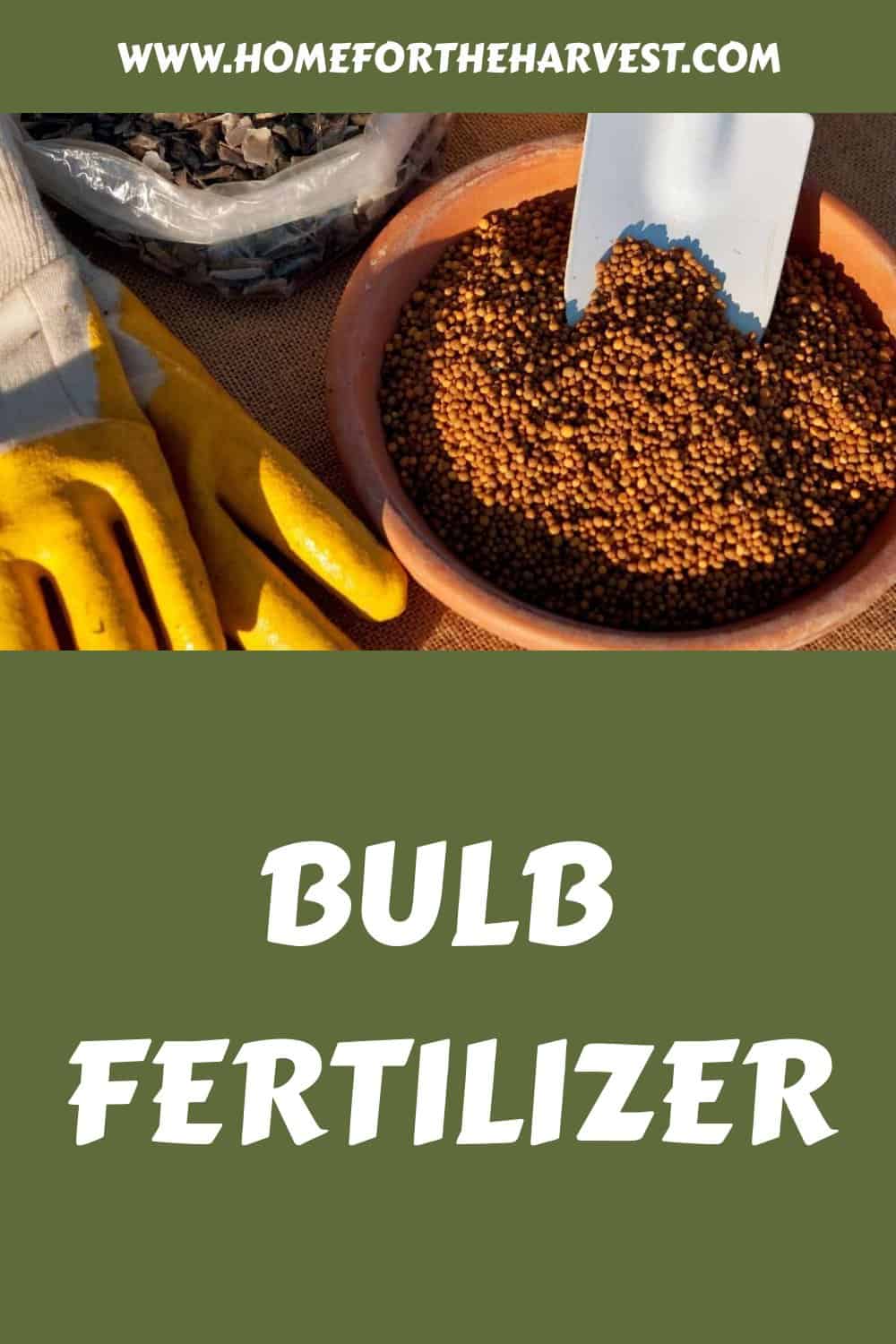Bulb fertilizer is a nutrient-rich material added to flower beds to provide bulbs with additional nutrients for plant health. Bulb fertilizer products can be applied at planting time, in the spring, or after flowering to help these plants bloom at their best year after year.
These fertilizer products are available as granular or pelletized plant fertilizers and sometimes as liquid or water-soluble products. Bulb fertilizers are generally balanced, containing quite a bit of potassium and phosphorus to support flowering while simultaneously limiting nitrogen to prevent overly leafy plants.
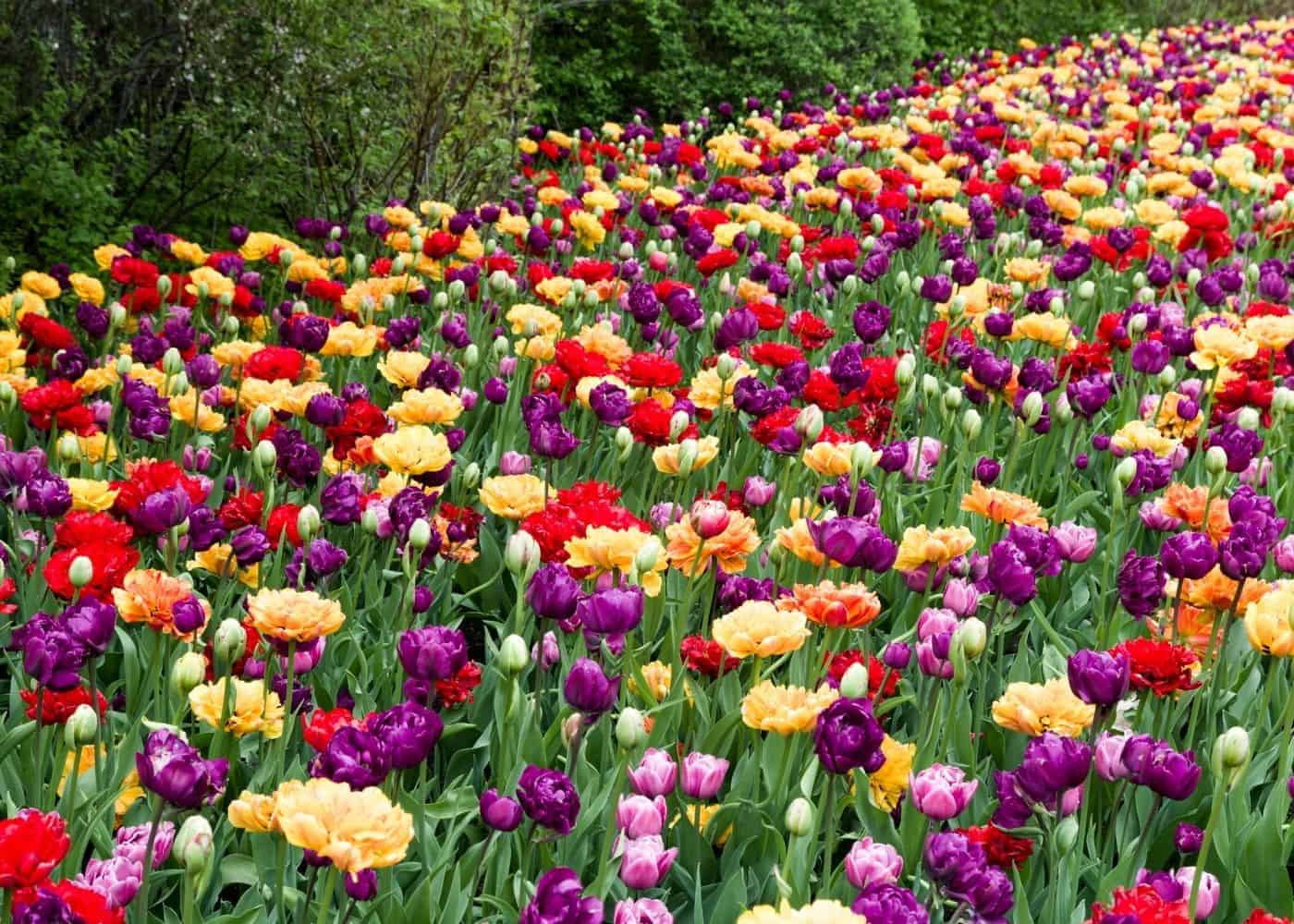
Bulb fertilizer basics
Bulb fertilizers are typically applied in flower beds where a garden soil test shows a lack of key nutrients or where the soil is generally thought to be nutrient-poor. Fertilizer can be applied when bulbs are planted, in the springtime, or after the flowers bloom. The early spring application supports the plant as it blooms, while the post-flowering feed provides nutrients to the bulb as it produces next year’s flower buds.
The best bulb fertilizers
Here are some excellent bulb fertilizers for your flowering bulbs:
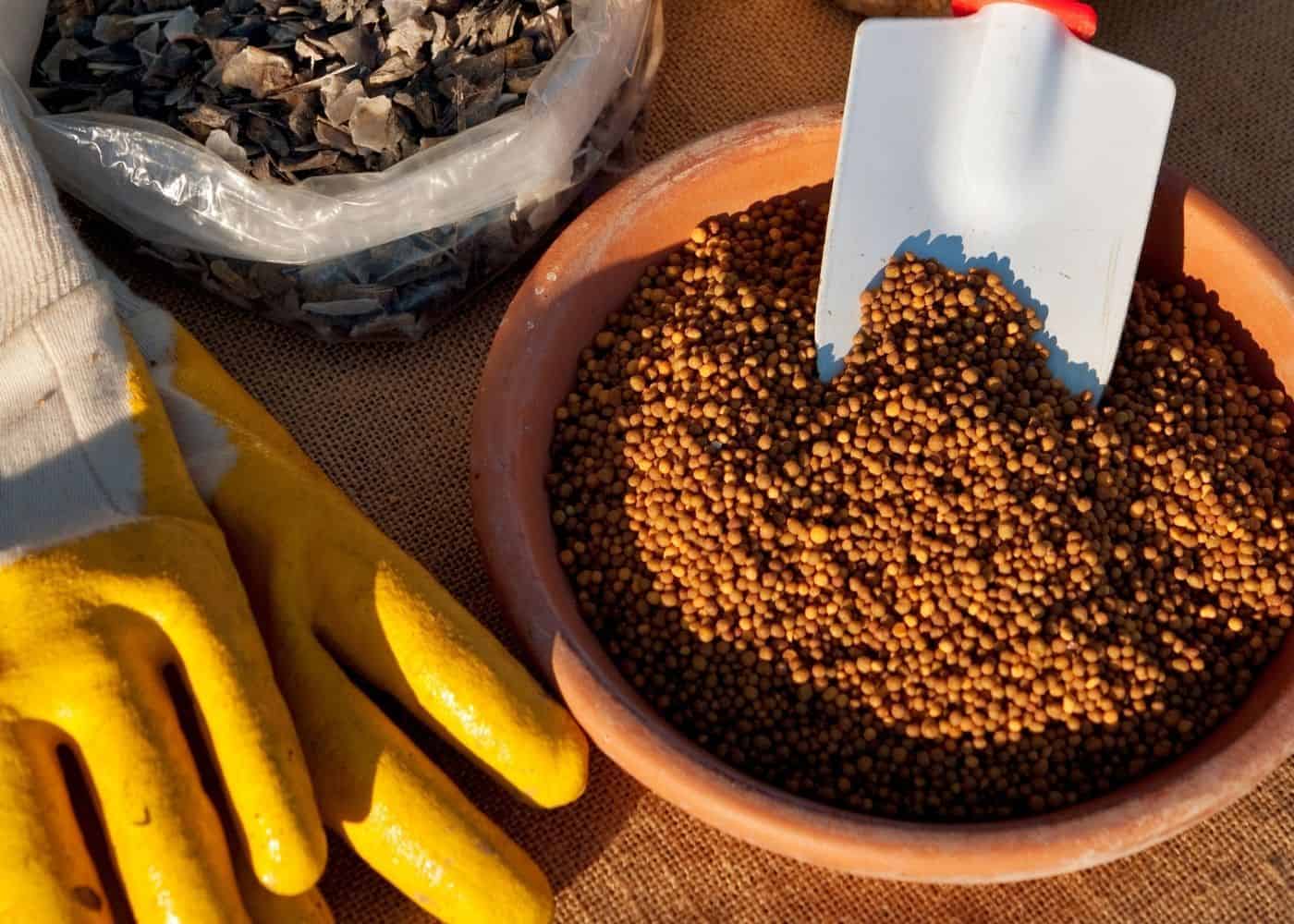
Look for slow-release fertilizers that will stay in the soil rather than wash out into surrounding areas. Many flower gardeners also tend to choose naturally sourced bulb foods that are OMRI-listed for organic use and do not contain sludges or fillers.
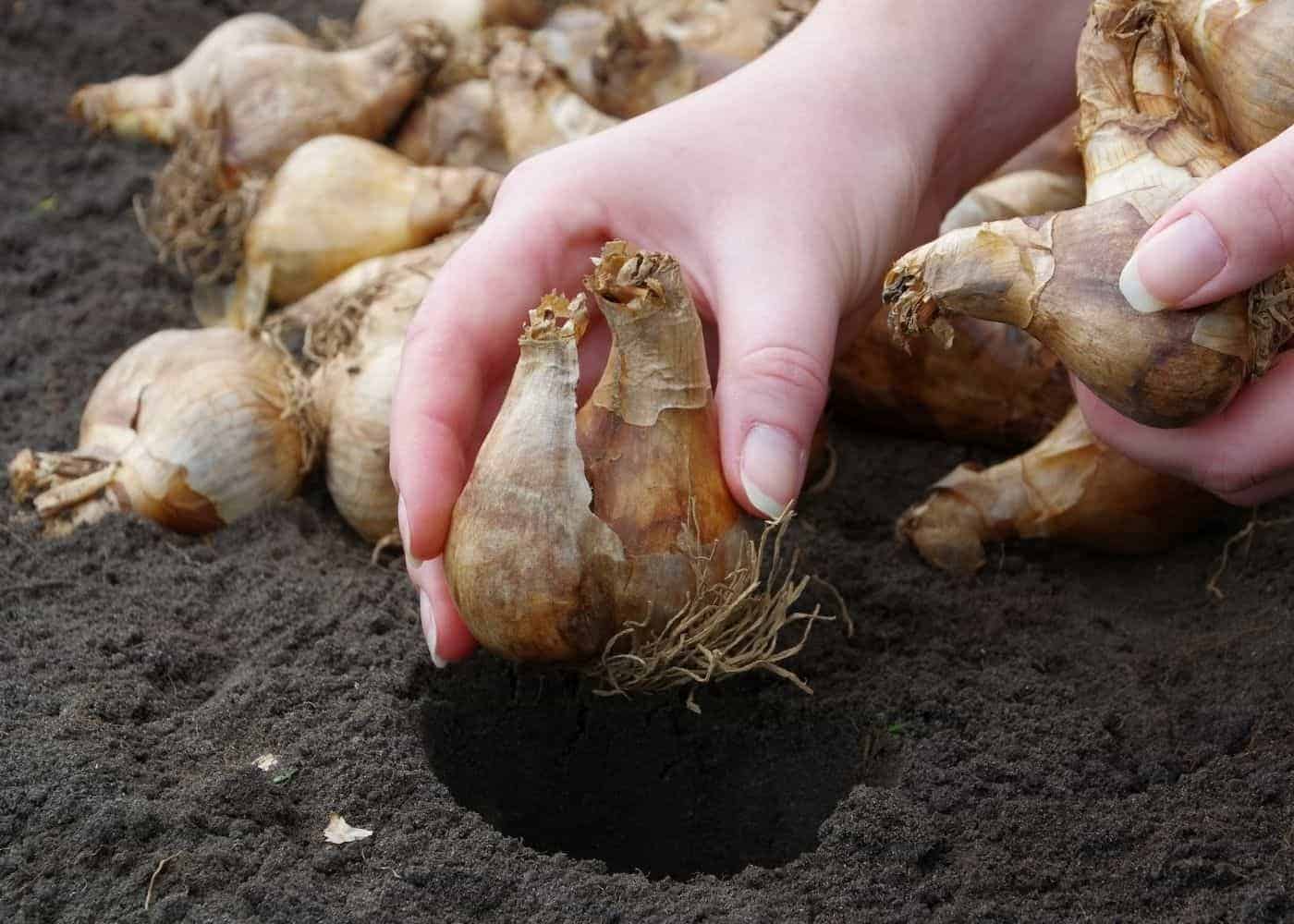
Fertilizing flower bulbs at planting time
Flower bulbs can be fertilized at planting time, particularly if the garden soil is nutrient-poor. Bulb fertilizers are generally incorporated into the soil below the bulbs before the flower bulbs are placed. This includes organic matter such as homemade compost as well as fertilizer products such as granular bulb food.
Bulbs are most often planted individually in small holes dug by a bulb planter tool. Fertilizer can be placed down into the hole and mixed with the in-situ garden soil before the bulb is placed. Different fertilizer products have different application instructions and volumes (read the instructions on the specific product).
Bulb fertilizer is mixed into the planting soil for larger mass plantings before bulbs are planted. Sometimes store-bought garden planting soil is also used. Different bulb fertilizer products tend to give instructions per foot when bulbs are planted in a row or per square foot when planted in a larger flower bed. Read the instructions on the specific product you’ve chosen to use.
Fertilizing bulbs planted in the spring
Certain types of bulbs and bare root plants are planted in the spring, including hostas, gladiolus, ranunculus, begonias, lilies, elephant ears, and dahlias. While most spring-planted bulbs are rather tender, avoid planting even cold-hardy ones when the soil is frozen in early spring. Even if you have a power drill planter, wait until the soil is quite workable prior to planting bulbs and/or applying fertilizer.
Fertilizing bulbs planted in the fall
Most flowering bulbs are planted in the fall. This includes tulips, daffodils, allium, crocus, muscari, and hyacinth. Specific planting times depend upon local temperatures, ranging from September-October in the coldest spots (Zones 3-4) to November-January in the warmest areas (Zones 8+).
Bulbs should be planted once cool fall temperatures have arrived but before the soil freezes. Never apply bulb fertilizer to frozen soil.
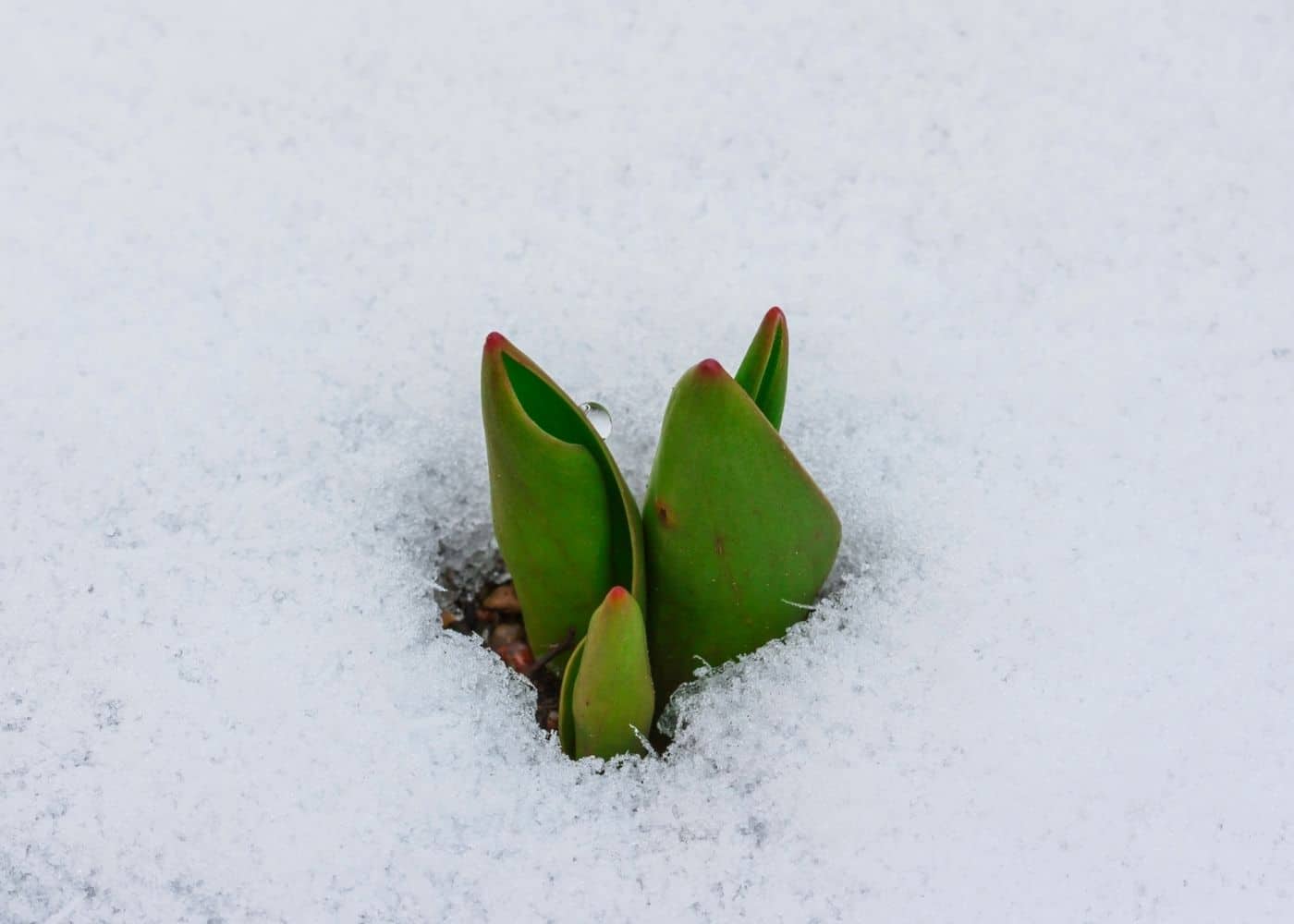
Fertilizing flower bulbs in spring
Flower bulbs in the garden are most commonly fertilized in early spring. In climates where soil freezes, fertilizer should not be applied until the soil has thawed with warmer spring temperatures. Do not apply fertilizer to frozen soils.
Bulb fertilizers tend to be dry products, sometimes powdered or pelletized, but often granular in form. For individually planted bulbs, bulb fertilizers tend to give a small amount that can be sprinkled onto the garden soil on top of the soil above the bulb. It is helpful to have marked where the bulbs are with small garden markers if this is your preferred application method.
Where bulbs are planted over a large area, most bulb fertilizers give a specific volume or weight of the product to use over a given square-foot area of the garden. The bulb fertilizer is sprinkled onto the soil over the whole area planted with bulbs.
Water the flower garden thoroughly after sprinkling bulb fertilizer onto the soil. Also, take care to wash any stray fertilizer off any plant foliage, including nearby evergreens or early spring sprouts.
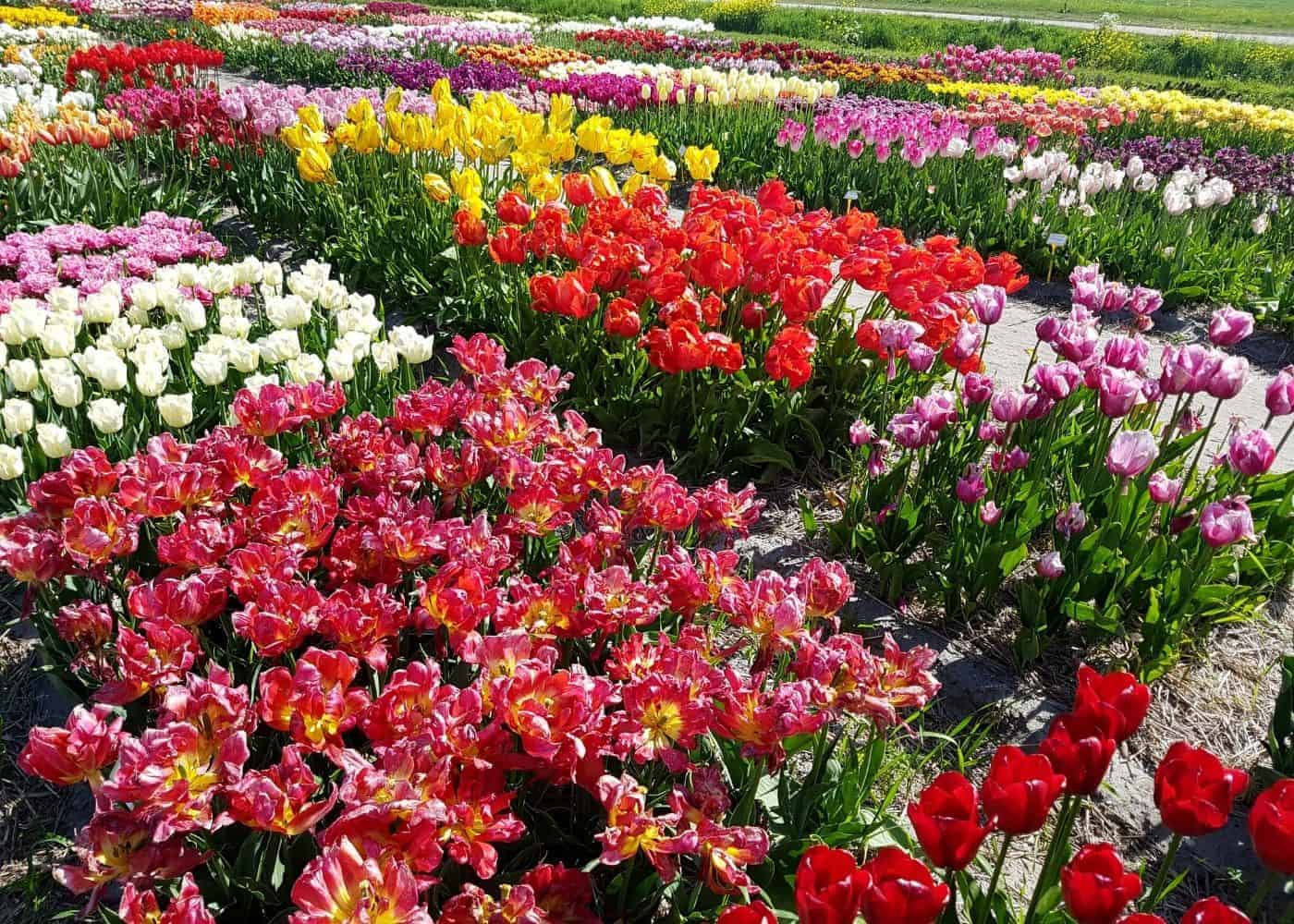
Fertilizing flower bulbs after flowering
Flower bulbs can also be fertilized after flowering. Post-bloom fertilizer is applied to help the bulbs grow below the ground as they store energy for the coming months and also produce offsets (baby flower bulbs) around the outside of the mother bulb.
Fertilizer application after flowering is similar to early spring application. Apply the fertilizer after deadheading spent flowers. Take care to wash fertilizer off the leaves of the plants (and any nearby plants) and water the fertilizer into the soil.
Most flowering bulbs keep their foliage for 4-6 weeks after flowering. During this period, the leaves are photosynthesizing to produce energy for the bulb as it stores energy and grows offsets. Do not fertilize the plants once the foliage begins to die back and fade. Let the leaves die back naturally rather than trim them off while they are green. This allows the plant to put as much energy as possible into the bulb/offsets.


